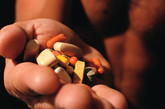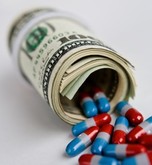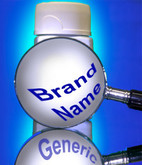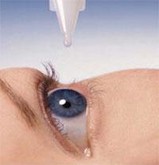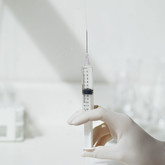Generics/Research
Non-profit generics manufacturers in the US reduce foreign dependence
Non-profit generics drug manufacturers have the potential to make important contributions to reduce foreign dependence on generic drugs in the US, argues an article published in The Journal of Law Medicine and Ethics [1].
More out-of-pocket costs for US patients with rising prescription drug prices
Increasing prices of brand-name drugs in the US, leaves patients with increasing costs at the pharmacy, says a study published in JAMA Network Open [1].
Difficult-to-make drugs meet US quality standards
Difficult-to-make prescription pharmaceuticals marketed in the US consistently meet quality standards even when manufactured outside the country, finds a study published in JAMA Network Open [1].
New in vitro–in vivo simulations predict generic bioequivalence
If we can predict the outcome of bioequivalence studies in the generic drug development process, we can save time and money. Now, a new in vitro–in vivo simulation (IVIVS) approach to predict the in vivo outcome of these studies, published in Materials [1], has been developed by researchers National and Kapodistrian University of Athens.
Dispensing branded drugs costs Medicare over a billion dollars
Branded drugs dispensed instead of generics at the request of physicians and patients have incurred annual costs of over US$1 billion to the Medicare programme. and US$270 million to patients, reveals a study published in JAMA Network Open [1].
Debate about generic versus brand-name drugs for glaucoma
Glaucoma is a chronic, largely asymptomatic disease that often needs lifelong treatment. The choice of drugs is extremely important as the cost of drugs; side effects and efficacy often affect compliance and adherence to therapy. For a given class of drug, there are three options including brand-name drugs, generics and branded generics. Brand-name drugs are costlier compared to generics and branded generics because they are originator molecules developed by a company after many years of research and come into the market with a patent. Whereas branded generics are produced by a different company once the patent of the originator company expires. Moreover, competition amongst different companies to make the similar formulation of branded generics further reduces the cost.
The role of authorized generics in improving access to medicines
In recent years, many authorized generic drug products have been launched by pharmaceutical companies at lower prices than their brand-name originators. A recent viewpoint, published in JAMA Internal Medicine [1], discusses the ways that authorized generics are launched in the US. It also considers whether these products improve lower costs and access to medicines.
Approving generics of polymer-based parenteral long-acting drugs
To assure the safety and the efficacy of drugs, quality and batch-to-batch reproducibility need to be guaranteed. In the case of parenteral long-acting products, the regulatory authorities in the European Union (EU) and the US deviate in their guidance, differences include how to define such products and in vitro release assays.
Adherence improves long-term prognosis and medical costs in Japan
Medical costs and the burden associated with cardiovascular disease are on the rise. In Japan, due to changes in lifestyle and other factors, the number of inpatients with cardiovascular disease and other conditions is increasing at a rate of 10,000 per year.
Anti-competitive strategic patenting by pharmaceutical companies
Drug prices have considerably increased in recent years, affecting healthcare budgets and posing a serious risk to the affordability and accessibility of medicines for society [1]. Various reasons for high drug prices are put forward by pharmaceutical companies, including the complexity of drug discovery and development, as well as the expensive and lengthy regulatory procedures involved [2]. While these reasons may play an important role in this regard, some practices by pharmaceutical companies substantially contribute to this problem.
